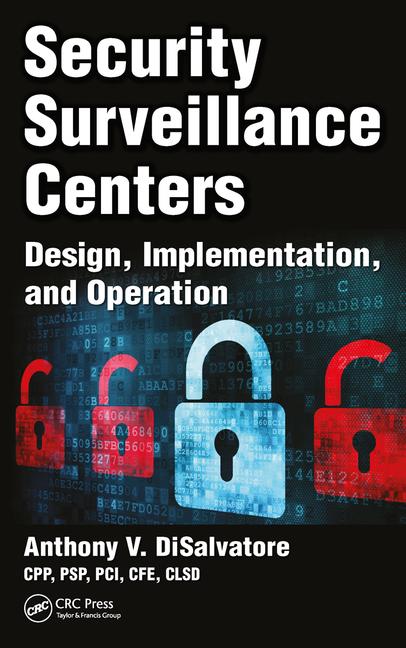Today’s facility managers face pressure to protect the people and assets they oversee. At the same time, they are expected to deliver a comfortable working environment — while ideally reducing energy use. For convenience, cost and efficiency, many of these managers are looking for a single point of control for all systems that make up the security and building automation functions. The secure, “green” building has arrived.
Converging system functionality is a major challenge for most security integrators. Only a small handful have the staff and proven expertise to handle required complex integration. A successful project may require integrating 20 or more disparate systems, including video surveillance, access control, emergency notification, fire and intrusion alarms, HVAC, lighting control, voice and data systems and water conservation. Additionally, the creation of a single unified network infrastructure on which all systems will communicate can add additional challenges.
A broad knowledge of multiple disciplines is required to integrate a variety of mechanical and electrical systems into one building management system A team consisting of security and HVAC specialists, mechanical engineers and other building systems experts has typically handled this type of advanced integration. But today, end users are looking for one point of contact to handle all aspects of the project. This integration trend is seen most often in larger projects found in locations such as hospitals, office buildings, higher education campuses and government facilities. Those security integrators willing to tackle these major projects alone will need to make significant investments in personnel and training budgets, along with additional office space, tools and other expenses.
Fortunately, modern building automation systems are rapidly moving toward open architecture platforms that are both backward and forward compatible. This makes it easier for the security integrator to work with unfamiliar technologies and helps protect an end user’s investment in legacy systems. Multiple systems convergence will also require significant input from an end user’s IT department. But over the past few years, many security integrators have become familiar working on the corporate network with input from IT staff members. It has been long recognized that employees are more productive in environments where they feel safe and comfortable.
Then there are the savings in time and energy that accrue to organizations converging major building systems and functions. For the past several years, those of us in the security industry have used the term convergence to mean the integration of security systems with IT. Now we are talking about a much larger convergence that will mark the end of separate, standalone security and building control systems. This convergence has arrived and is already delivering convenient, cost-effective and more energy efficient solutions.









